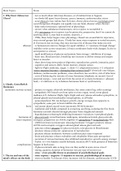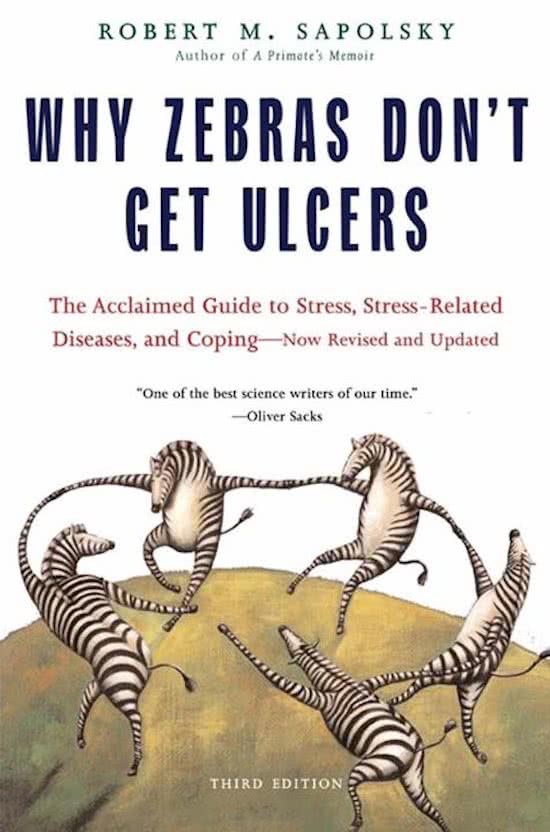Summary
Stress, Health and Disease (IBP) - Summary (Book and Lectures!)
- Course
- Institution
- Book
Very compact (and yet comprehensive in detail!) notes on the material from the book, completed with additional information from the lectures of the course. Especially good for a complete overview before the exam!
[Show more]




